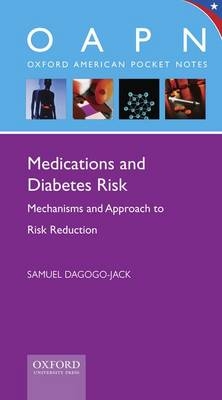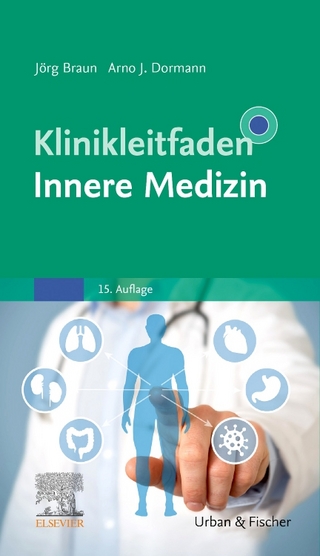
Medications and Diabetes Risk
Oxford University Press Inc (Verlag)
978-0-19-973431-3 (ISBN)
- Titel ist leider vergriffen;
keine Neuauflage - Artikel merken
co-morbid conditions and other indications (such as hormone replacement, contraception, infections) might worsen glycemic control in diabetic patients or trigger diabetes in others. These concerns influence therapeutic decisions in a manner that sometimes emphasizes avoidance of possible dysglycemia over
effective control of the co-morbid conditions. The same concerns may also weigh against the otherwise appropriate use of necessary medications.
The purpose of this concise book is to provide clinicians with actionable knowledge regarding the effects of various medications on glucose regulation and diabetes risk. Beginning with a brief overview of diabetes pathophysiology, the different drugs have been organized by class, and the scientific evidence for the diabetes risk and possible mechanisms have been presented for each drug. The agents discussed include widely prescribed medication classes: antibiotics, antidepressants,
antihypertensives, bronchodilators, estrogens and oral contraceptives, glucocorticoids, lipid-lowering agents, NSAIDs, and thyroid hormone. Although less widely prescribed than the foregoing list, atypical antipsychotics, HIV antiretrovirals, immunomodulatory agents, and human growth hormone, have also been
included because of the interest generated by their link to diabetes risk. In addition to medications used in ambulatory practice, this work includes a discussion of total parenteral nutrition (TPN)-induced hyperglycemia, which is associated with increased morbidity and mortality among hospitalized patients. For completeness, an account of the growing link between use of recreational drugs (alcohol, nicotine, cannabinoids, opioids, cocaine) and glucose abnormalities has been included, because
of the possible intersection between these addictive agents and the growing diabetes epidemic.
With some medications, the data presented should help debunk myths, clarify misperceptions and provide reassurance to the practicing clinicians. Wherever the evidence supports increased diabetes risk, clear suggestions are given on how to reduce the risk. This book serves two essential functions: to enable clinicians to confidently prescribe therapeutic regimens that embody the best risk-benefit profile with regard to glycemia, and to equip them with the know-how for preventing and managing
drug-induced hyperglycemia
Sam Dagogo-Jack, MD, FRCP Professor of Medicine & Director, Division of Endocrinology, Diabetes & Metabolism, University of Tennessee Health Science Center, Memphis, TN
A. Pathophysiology of type 1 and type 2 diabetes
B. Casual vs. Causal Associations: Bradford Hill Criteria
C. Drugs associated with diabetes- General mechanisms
D. Specific drugs classes and diabetes risk
1. Glucocorticoids and other steroidal agents
2. Antihypertensive agents
- Thiazide diuretics
- b-adrenergic blockers
- a-adrenergic blockers
- ACE inhibitors and ARBs
- Calcium channel blockers
- Other agents
3. Hypolipidemic agents
- Nicotinic acid
- Statins, Fibrates, Fish Oil
- Colesevelam and other bile acid sequestrants
4. Psychotropic drugs
- Antipsychotics
- Antidepressants
5. HIV medications
6. Miscellaneous
- Diazoxide
- NSAIDS
- Antibiotics
- Cytotoxic and Immunosuppressive agents
| Erscheint lt. Verlag | 10.2.2011 |
|---|---|
| Reihe/Serie | Oxford American Pocket Notes |
| Verlagsort | New York |
| Sprache | englisch |
| Maße | 94 x 171 mm |
| Gewicht | 90 g |
| Themenwelt | Medizinische Fachgebiete ► Innere Medizin ► Diabetologie |
| Medizinische Fachgebiete ► Innere Medizin ► Endokrinologie | |
| ISBN-10 | 0-19-973431-3 / 0199734313 |
| ISBN-13 | 978-0-19-973431-3 / 9780199734313 |
| Zustand | Neuware |
| Haben Sie eine Frage zum Produkt? |
aus dem Bereich


